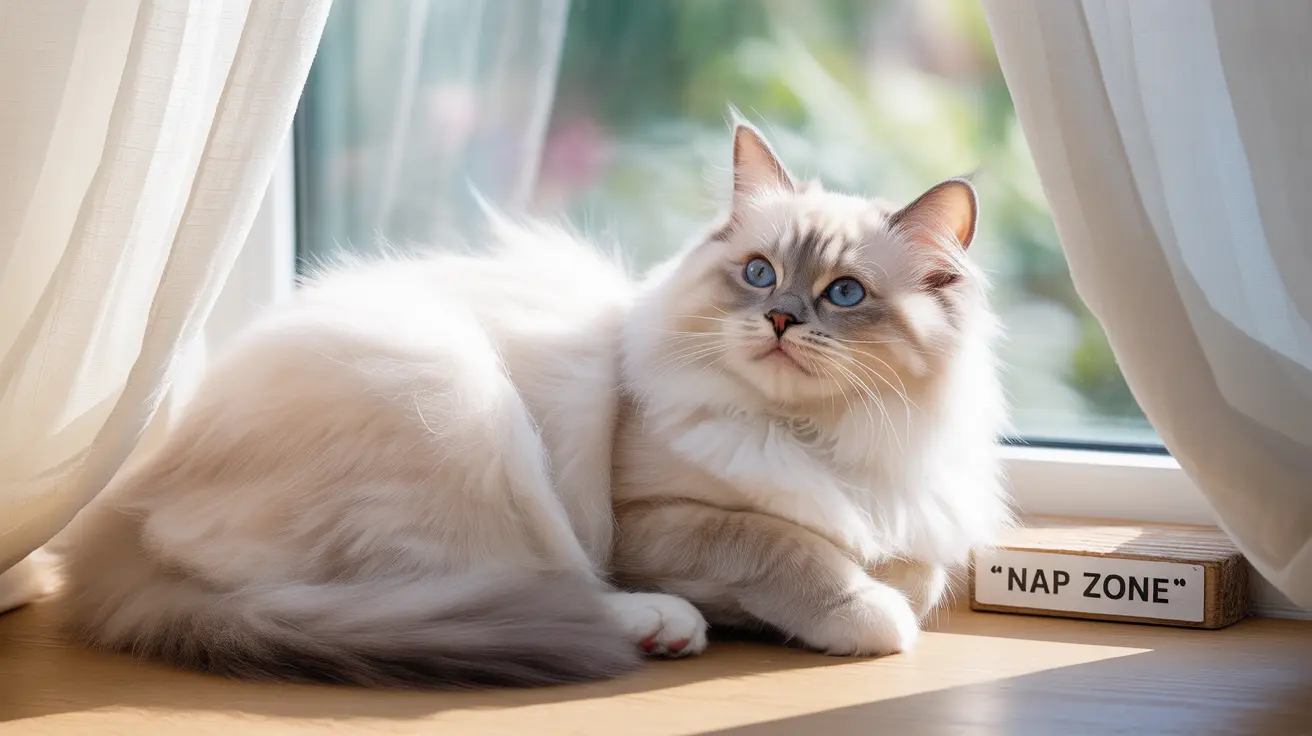Choosing between a dog and a cat as your next furry companion? Understanding the fundamental differences between dogs vs cats can help you make the right decision for your lifestyle and expectations. From care requirements to personality traits, these beloved pets offer distinct experiences that potential owners should carefully consider.
Let's explore the key differences between raising dogs and cats, helping you understand which pet might be the better match for your home and daily routine.
Understanding Pet Personality Differences
The most striking contrast between dogs and cats lies in their basic temperaments and social needs. Dogs are pack animals by nature, evolutionarily wired to seek leadership and companionship from their human family members. They thrive on social interaction and typically show obvious signs of affection through tail wagging, face licking, and constant physical proximity.
Cats, on the other hand, maintain their ancestral independence despite domestication. While they do form strong bonds with their owners, they generally prefer to interact on their own terms and often need less constant attention than dogs.
Daily Care and Maintenance Requirements
Dogs typically demand more hands-on care and attention throughout the day. They need regular walks, bathroom breaks, and dedicated training time. Most dogs require at least two walks daily, plus additional exercise and playtime to maintain their physical and mental well-being.
Cats are generally lower maintenance, requiring less direct daily care. They handle their bathroom needs independently through a litter box, groom themselves effectively, and can usually entertain themselves with simple toys or window watching. However, they still need daily attention, play sessions, and environmental enrichment to stay healthy and happy.
Space and Living Arrangements
Dogs usually need more space to move around and play, making them better suited for homes with yards or easy access to outdoor areas. Their size and exercise requirements can make apartment living challenging, especially for larger breeds.
Cats adapt well to various living situations, including small apartments. Their vertical climbing tendencies mean they can make use of vertical space through cat trees and wall perches, making them excellent pets for urban living.
Training and Behavioral Considerations
Dogs excel in training situations due to their eager-to-please nature and pack mentality. They can learn complex commands, tricks, and proper social behavior through consistent positive reinforcement. However, this training requires significant time investment and patience.
While cats can learn basic commands, their independent nature makes traditional training more challenging. They naturally understand litter box use but may need guidance with scratching appropriate surfaces and staying off counters.
Cost Considerations
Generally, dogs incur higher ongoing costs than cats. Their larger size means more food consumption, and they typically require more frequent veterinary visits, professional grooming, and training classes. Additional expenses may include dog walkers or daycare services for busy owners.
Cats usually cost less to maintain, with lower food consumption and fewer required services. However, they still need regular veterinary care, quality food, and environmental enrichment items like scratching posts and toys.
Frequently Asked Questions
How much exercise do I need to provide for my dog vs. my cat?
Dogs typically need 30-60 minutes of dedicated exercise daily, while cats are more self-sufficient with exercise, though they benefit from 10-15 minutes of interactive play sessions.
Why are cats generally more independent than dogs?
Cats retained their solitary hunter instincts through domestication, unlike dogs who evolved as pack animals. This evolutionary history makes cats naturally more self-reliant and independent.
What are the key differences in grooming needs between dogs and cats?
Cats self-groom effectively and rarely need baths, while dogs require regular brushing, occasional baths, and sometimes professional grooming services depending on their coat type.
How can I train a dog to not feel separation anxiety when left alone?
Gradually condition your dog to being alone through short absences, provide engaging toys, and create a comfortable safe space. Consider crate training and avoid making departures and arrivals dramatic events.
Which pet, dogs or cats, requires more costly care in terms of food and vet bills?
Dogs generally require more costly care due to their larger size requiring more food, more frequent vet visits, and additional services like training classes and professional grooming.






